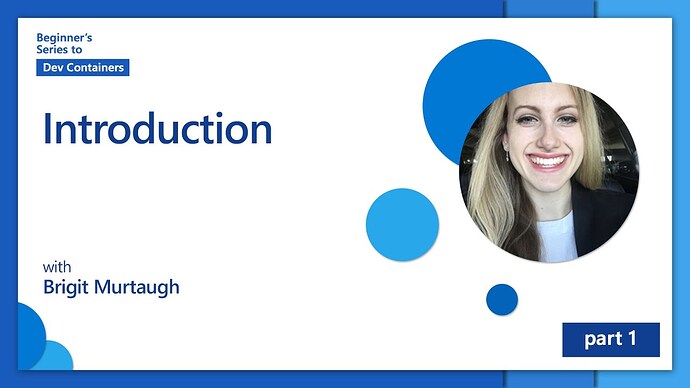Because we don’t fully understand the error messages if we don’t understand what generates the error message. We can guess, but we would very quickly stop guessing due to the lack of time. Since you admitted that you haven’t used Docker before, it gets even harder to help you because you would not understand our answer.
It is hard to compare Git and Docker although there are similarities in the concept, but I am not sure that you can do everything from the Git GUI at all. Maybe you just didn’t needed anything more complex that would require the terminal. I know that VirtualBox had some configurations that I couldn’t do using the GUI only using VBoxManage, but I understand that you mean the basic commands should be supported by the GUI. Docker Desktop is evolving constantly, so we discussed some missing features before and someone even implemented it partially in a Docker Desktop Extension, shared on the forum and later the original missing feature was implemented directly in Docker Desktop (searching for images on Docker Hub). You can expect more support in the future, but supporting docker compose up -d from the GUI is not as easy as it seems I guess. Docker Desktop for example has a “Containers” tab which recognizes Docker Compose projects, but I had some errors before because I think I started the project from the terminal which creates containers first and stopped Docker Desktop and later I used Docker Desktop to start the same project (already existing containers) and it couldn’t start properly because I had relative paths or something in the compose file and Docker Desktop didn’t know what the actual context should have been. When a GUI has to support everything that is possible to do from a terminal it becomes so complicated that it also becomes hard to use. Docker is not for GUI applications so we have to be familiar with the terminal anyway when we need to investigate issues inside the container or just want to write commands in the Dockerfile or even in the compose file.
You cans till ask for support in the Hub Feedback repository
For example Docker Inc could implement a feature to browse the compose file, set the context and some basic parameters assuming everything else is coded in the project. For now, you can pull images, start containers from images, stop and start existing containers, check the logs, check and delete volumes, create backups or use extensions. Some of the extensions might have features that you miss. The Portainer extensions for example can manage compose projects, but you need to be aware of what Docker Desktop is. It was created to provide the same experience on each platform which is almost impossible, but they tried. Everything is running in a virtual machine in order to have the same virtualized environment to support the Docker Engine, so when you run a docker command, you actually communicate with a remote Docker daemon. When you want to use mounted folders from your filesystem, Docker needs to mount the files from the phyisical host into the virtual machine and you coudln’t access the containers’ ip addresses directly because of the virtualization.
As you can probably see know, if we don’t know what your requirements are, we can’t tell you what you should do. Docker Desktop can be great, but originally the main purpose was not the GUI but supporting Linux containers on Windows which is not possible without virtualization.
It depends. A Dockerfile can contain environment variables and the when developers create the Dockerfile with default values, but sometimes default valiues don’t make sense so you need to define those when you start the container. You can also define variables in the compose file and override variables defined in the Dockerfile. Then you can also have a file called .env an define variables there and use those variables in the compose file to provide values to parameters in the compose file. And I could talk about it for long how many ways you can use these files. Sometimes we create shell scripts when the compose command is not enough and we can define variables there too. IT is again something that would be hard to support in Docker DEsktop directly.
Without seeing the source code there is no way to tell you what you need to do and if you can’t explain the requirements because the one person that understood it is not working for the company anymore, the communication will become hard and you will feel we can’t help you. Even though you are familiar with programming not even all programming languages are similar enough to understand just because we used other languages. Docker is also something which requires skills that sometimes even experienced develoeprs don’t have and they need to hire someone who can work with Docker. I was originally hired for similar reasons at the company I work for and they already had someone who worked with containers.
So telling you that you just need to start Docker Desktop and start to develop is not really helpful. It requires much more preparation and learning. If the project you want to start had a good documentation or a sample configuration that you can just start, you could at least try the current version.


